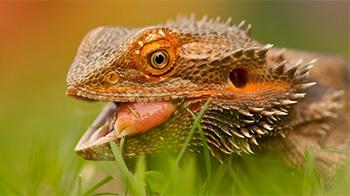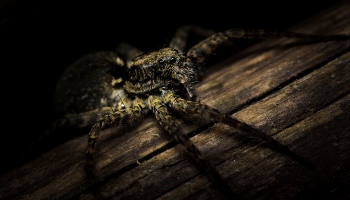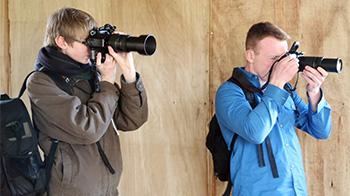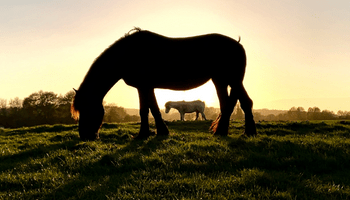Photographing wildlife and exotics
Wildlife and exotic pets can take a lot of time and consideration to photograph.
It is important if you enjoy spending time out and about seeing wildlife or if you have an exotic pet, that the animal is in the most positive and natural environment as possible. Ensuring they are happy, healthy and that all their needs are met. Please make sure the animal you are photographing has bright, clear eyes and damage-free skin, feathers or shells.
Here are a few tips to bear in mind and help you when taking photos of these complex species:
- Captive wild animals should be in correct social groups and not be shown interacting with inappropriate species (for example, avoid a predator and prey situation).
- Take time to watch the animal in their environment as quietly as you can. What are they doing? What is around them? What is their character like? All these things can give you ideas for photos.
- Photos of the animal being active will often be more interesting than a plain portrait, so photograph them doing things that will show their character. Please don't make them do anything or cause harm to them. Start by trying to get some photos of their natural behaviour.
- Stop if the animal shows any signs of fear, stress, aggression or a defensive abnormal behaviour - you can always try again another time!

 Search
Search



